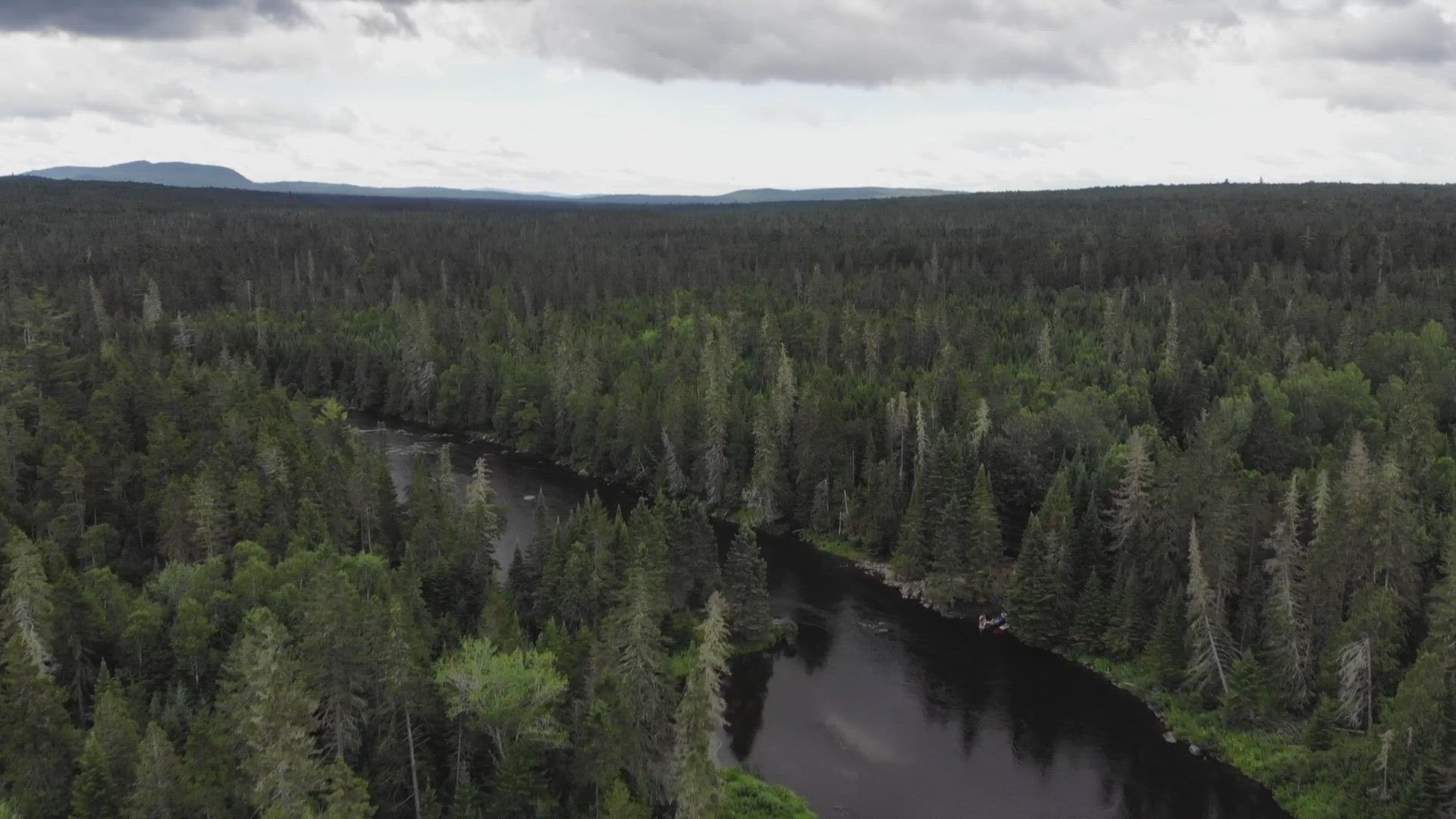PORTLAND, Maine — We know by way of temperature proxies such as ice cores, snow, fossilized corals, and lake sediment that although the Earth has warmed and cooled in the past, it has never done so at such a rapid rate.
According to NASA, our current warming is occurring roughly 10 times faster than the average rate of warming after an ice age.
But would the earth be in a warming phase if it weren’t for anthropogenic influence, aka the human activity such as burning fossil fuels?
To get to the root of this question we need to understand something known as radiative forcing.

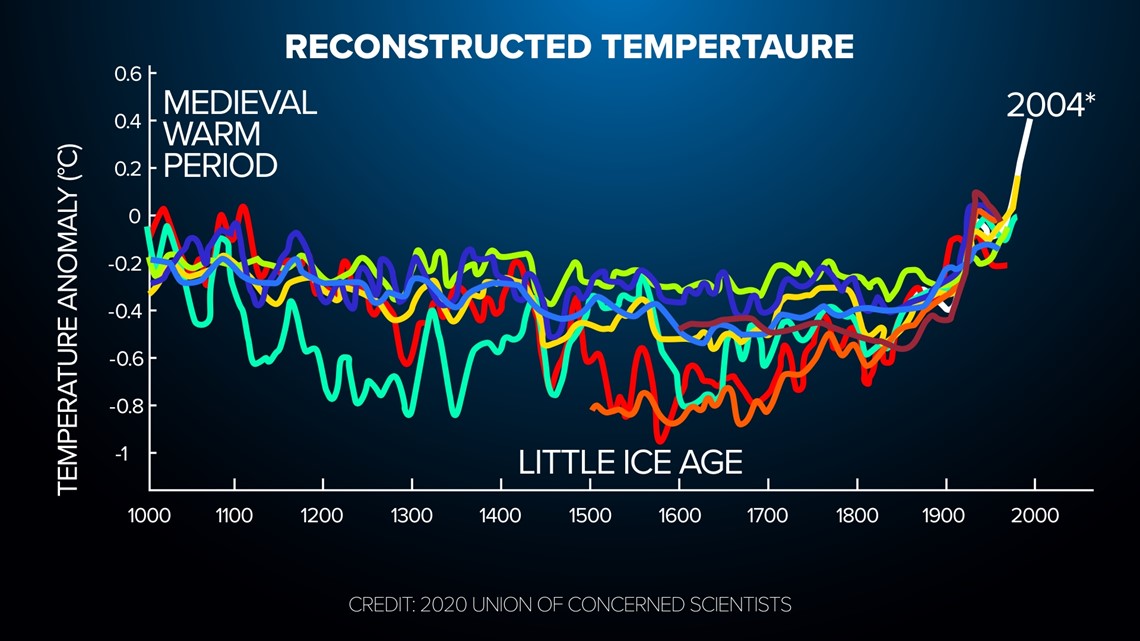
Radiative forcing is the change in energy flux in the atmosphere caused by natural and manmade factors. It’s measured in watts per square meter. The balance of radiative forcing determines whether the earth is warming or cooling.
Because the atmosphere is complex, there are several factors that can impact the radiative forcing budget.

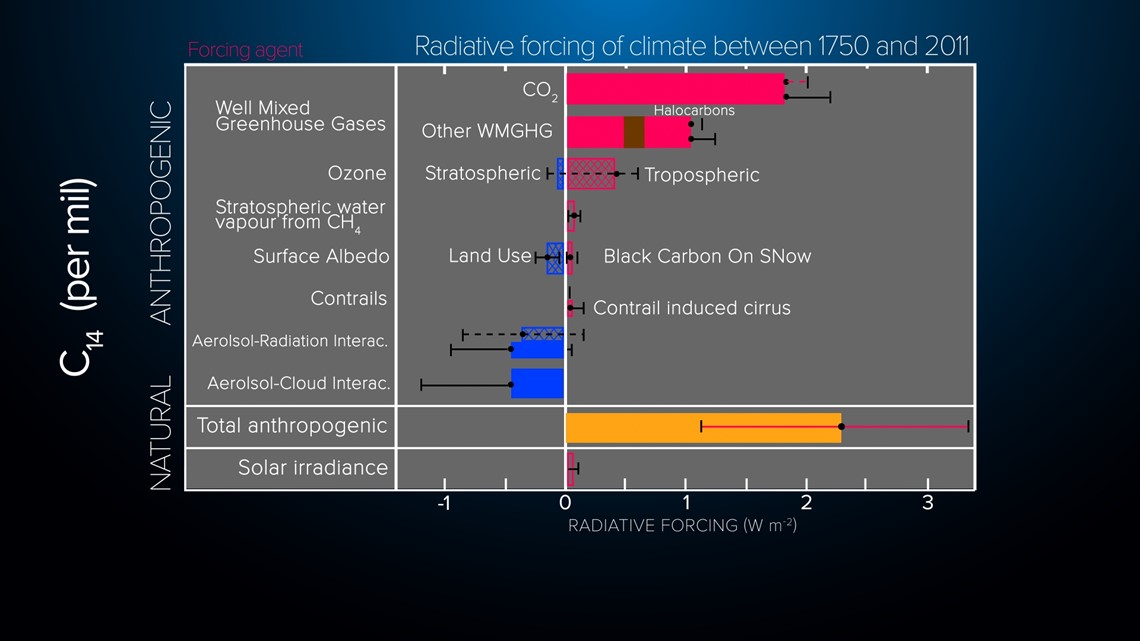
The most obvious may be the sun. The sun provides nearly all the energy to the earth via incoming solar radiation, but it doesn’t tend to vary much on small time scales such as hundreds or thousands of years.

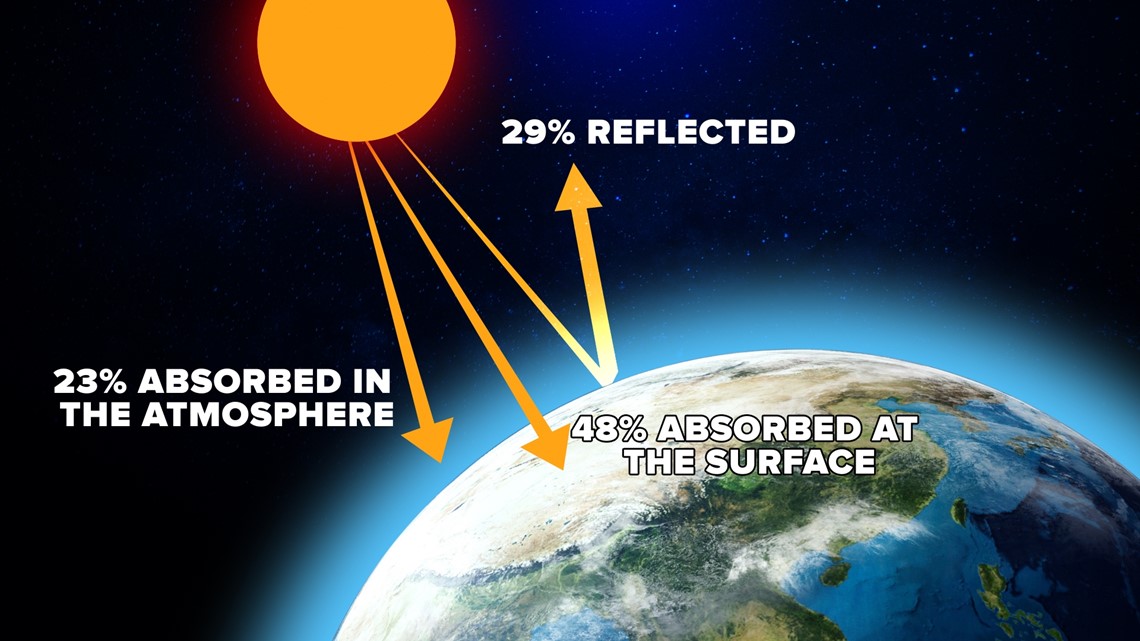
There are several satellites that measure the incoming radiation from the sun now, and when paired with historical reconstructions via sunspot data, the graph shows a stable trend going back to least the 1880s, which is considered the beginning of the industrial revolution.

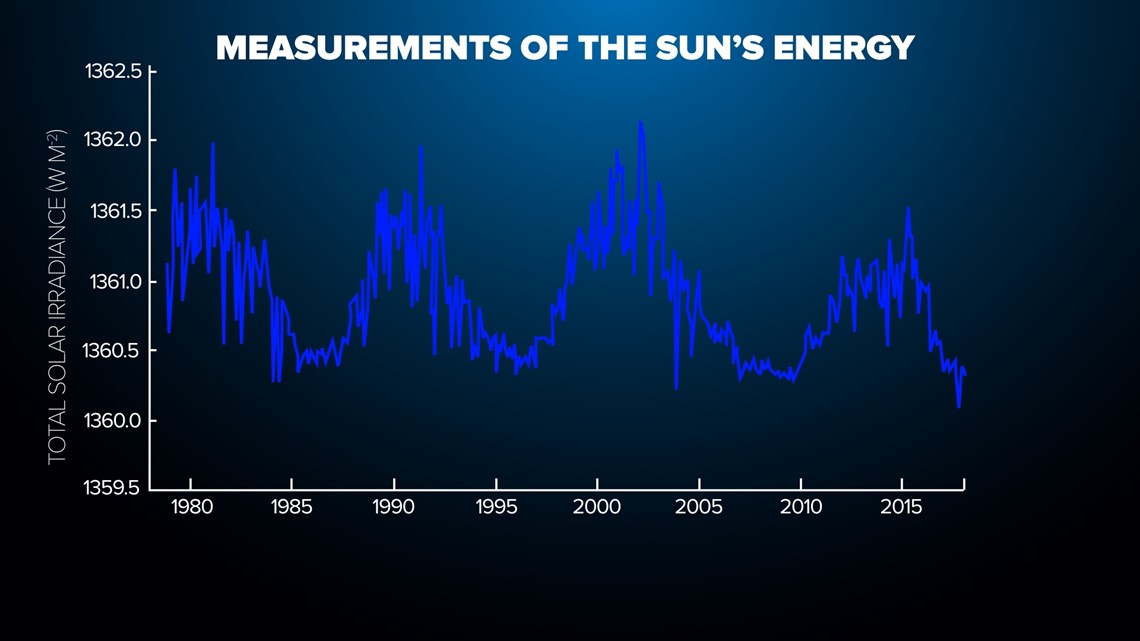
And remember, we are looking to explain rapid warming in relatively recent years, so that’s out.
Digging further into the forcing, you’ll see ozone broken into two colors in the same bar on our chart. A slight depletion in the stratospheric ozone, which has greatly improved since banning CFCS in the mid 1980s, has had a net cooling affect. The tropospheric ozone is the primary ingredient in smog and acts as a greenhouse gas trapping heat.


The biggest cooling effect you’ll see on the manmade side is “aerosol cloud interaction.” As particulate and pollution is put into the atmosphere by humans, it can act as cloud nuclei, increasing cloud albedo, which reflects more shortwave radiation back into space and allows less of the solar energy to the surface.

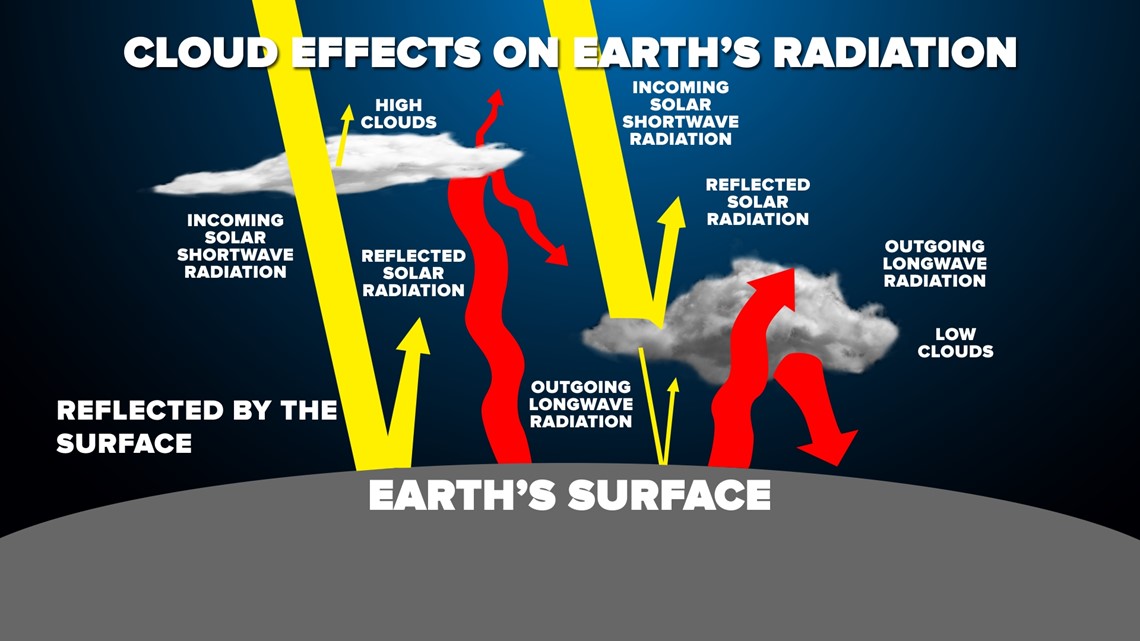
You can see even seemingly small forcing mechanisms are taken into account such as “black carbon on snow.” That is when soot from pollution accumulates on snow and ice. This darker color causes the albedo of the snow to change which causes it to melt faster, which exposes more earth, which has an even higher albedo and absorbs more sunlight.

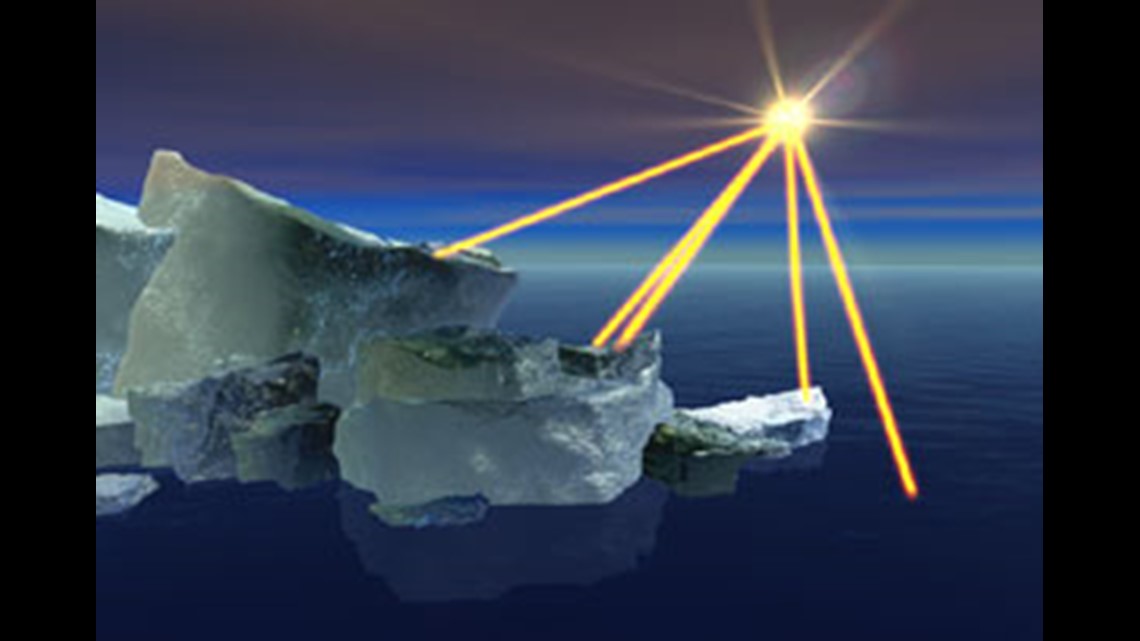
Breaking down all these forcing mechanisms, we can reach the conclusion that without man-made influences the Earth would be in a nearly stable temperature regime since the industrial revolution. Instead, we are warming faster than any other period in history.
One last thought, the timescale here is the key. We’ve had ice ages, and we’ve come out of them long before man put a carbon footprint into the atmosphere. But those changes occurred over tens of thousands to hundreds of thousands of years via known mechanisms like Milankovitch cycles. These cycles include variations in the shape of Earth’s orbit, The angle Earth’s axis is tilted with respect to Earth’s orbital plane, and the direction Earth’s axis of rotation is pointed.
These cycles cannot and do not explain our rapid warming over the past 100 years.

